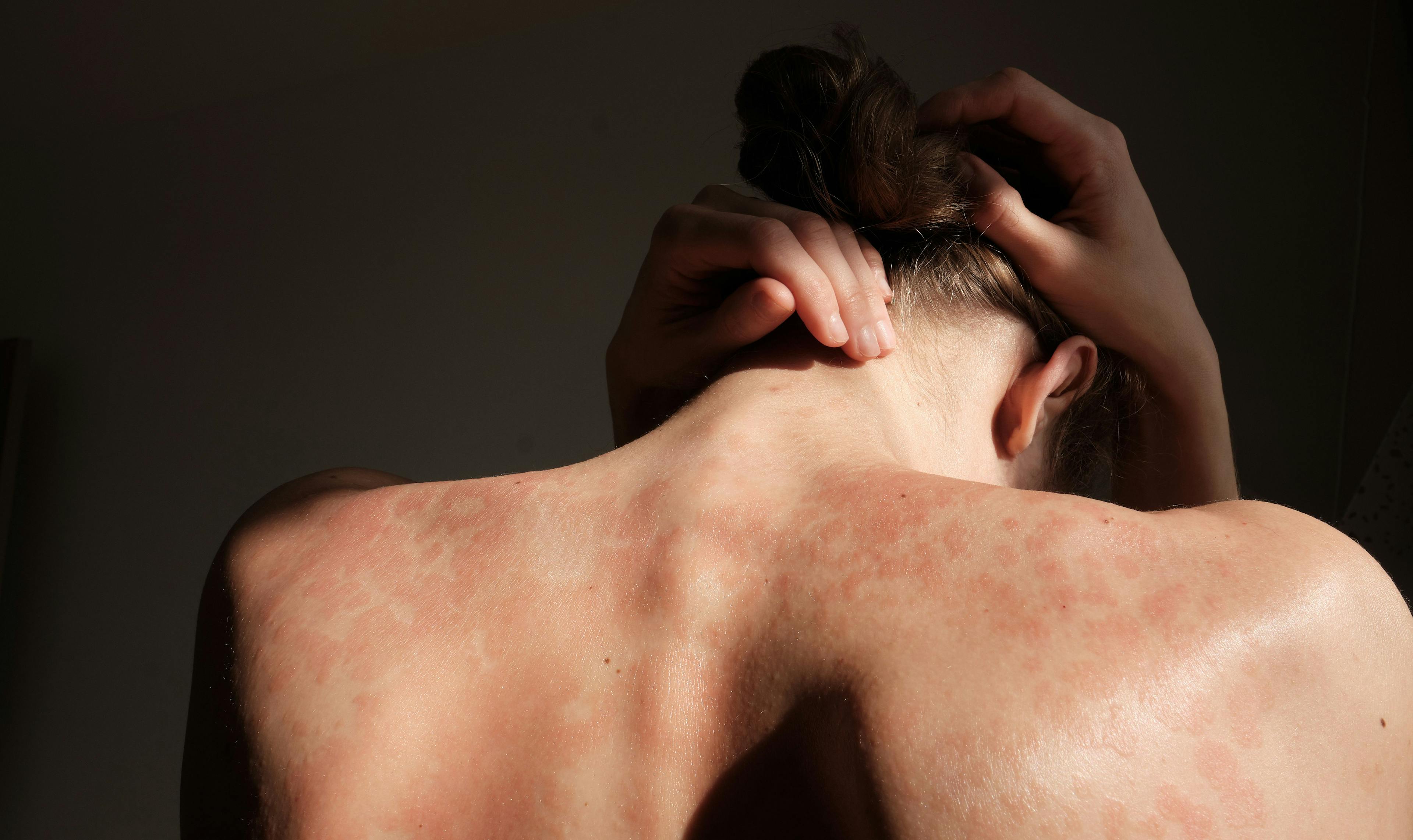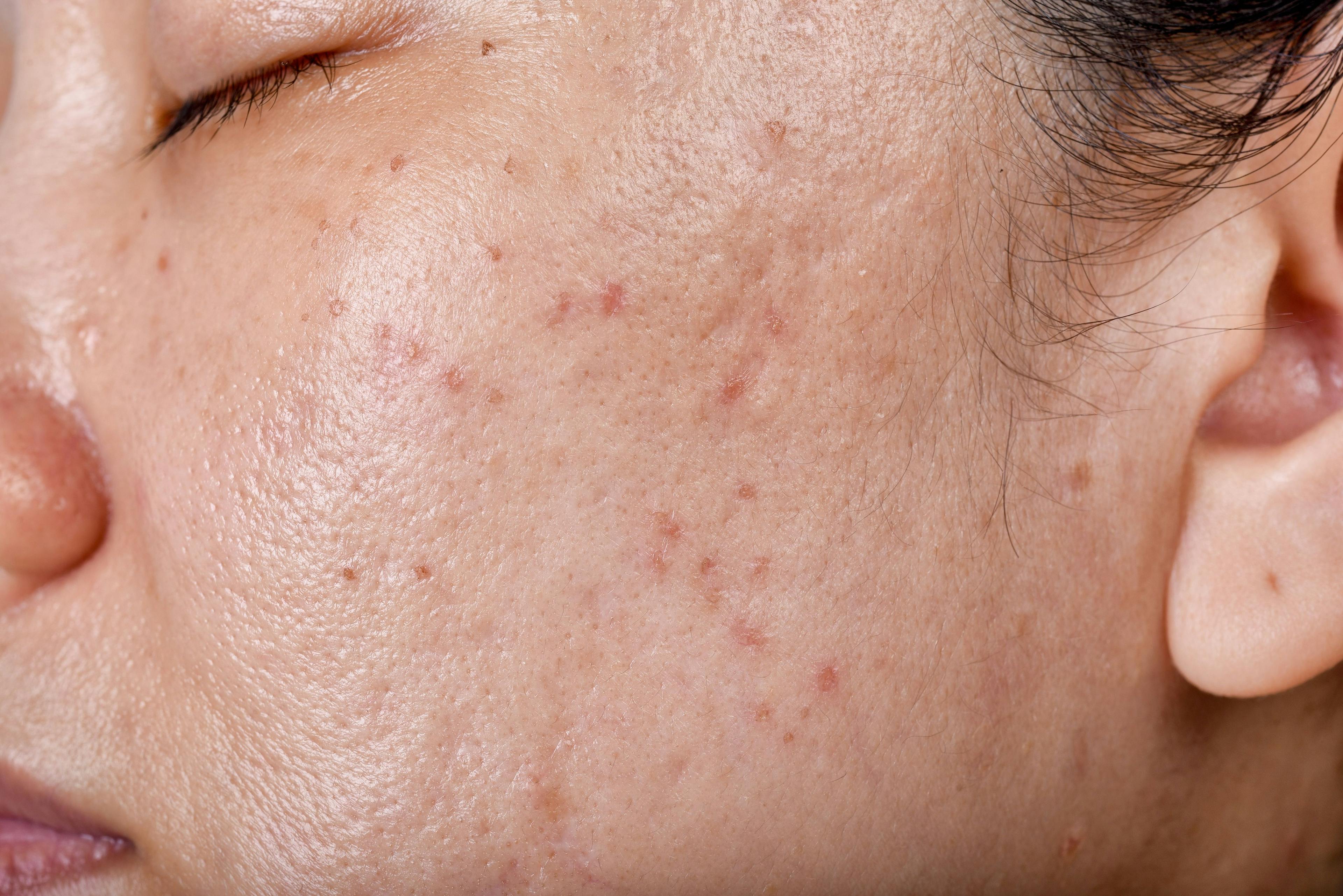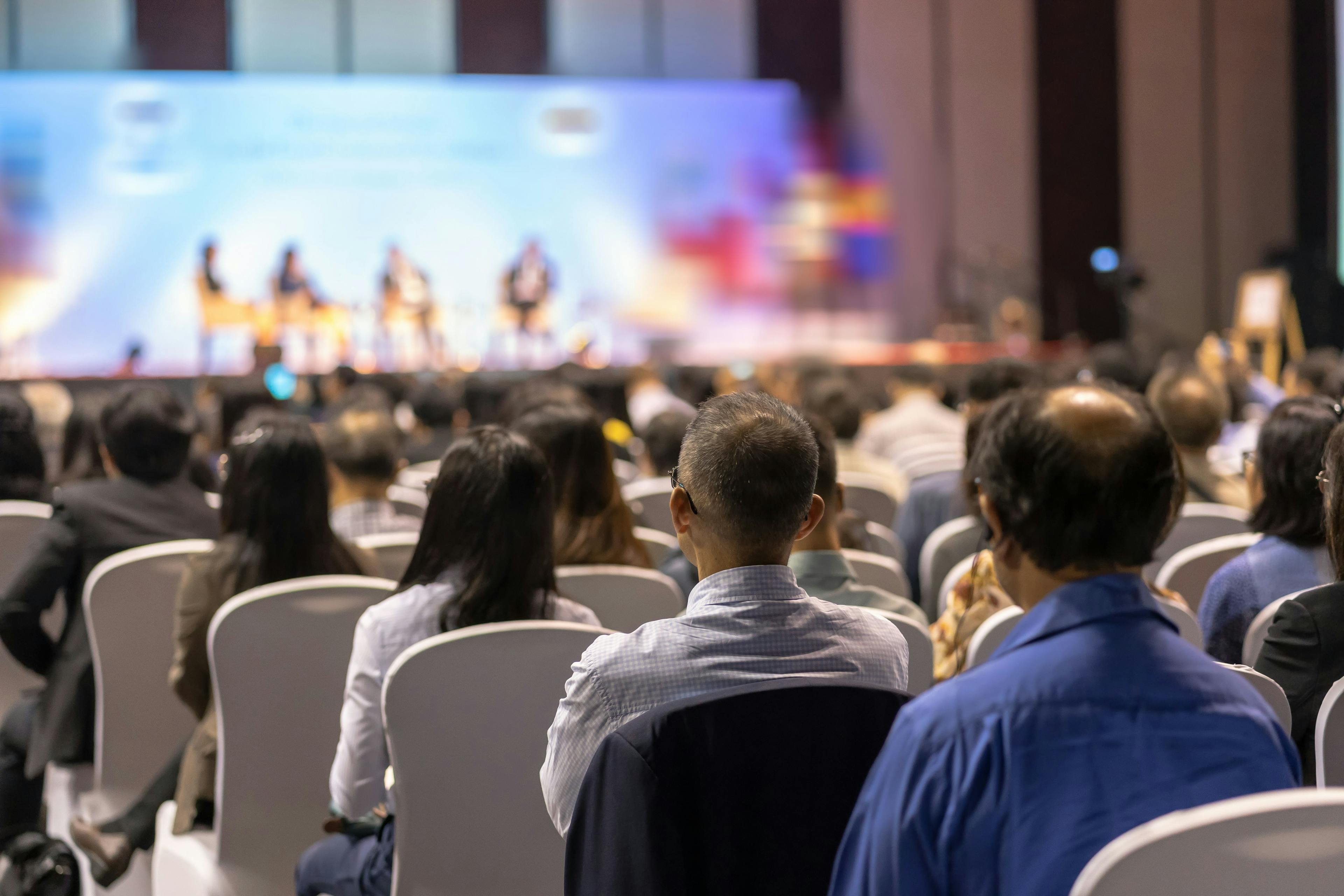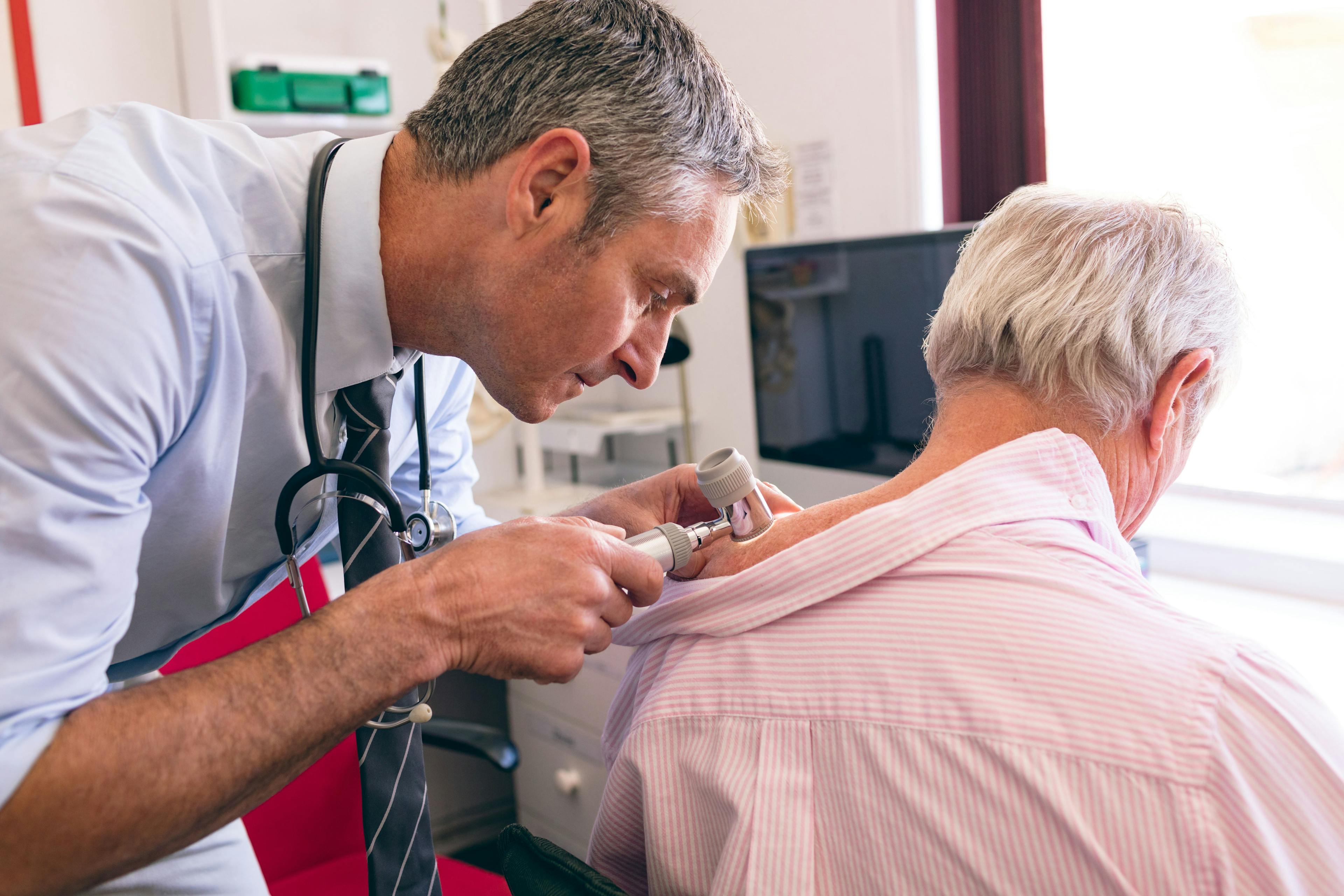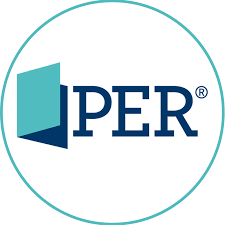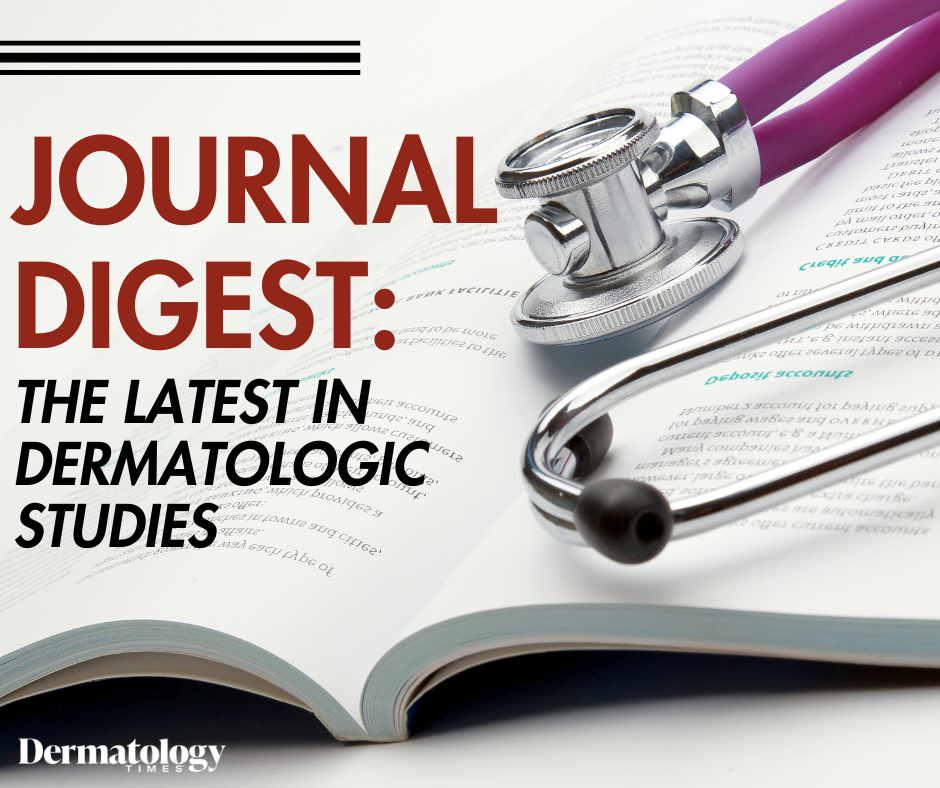- Acne
- Actinic Keratosis
- Aesthetics
- Alopecia
- Atopic Dermatitis
- Buy-and-Bill
- COVID-19
- Case-Based Roundtable
- Chronic Hand Eczema
- Chronic Spontaneous Urticaria
- Drug Watch
- Eczema
- General Dermatology
- Hidradenitis Suppurativa
- Melasma
- NP and PA
- Pediatric Dermatology
- Pigmentary Disorders
- Practice Management
- Precision Medicine and Biologics
- Prurigo Nodularis
- Psoriasis
- Psoriatic Arthritis
- Rare Disease
- Rosacea
- Skin Cancer
- Vitiligo
- Wound Care
News
Article
Dermatology Times
Journal Digest: December 12
Author(s):
This week’s collection of the latest dermatologic studies covers skin cancer risk associated with phototherapy excluding psoralens, the role of the mycobiome in the development of atopic diseases, underrecognized pediatric vulvar diseases, and sunscreen deserts in Northeast, Ohio.

Journal of the American Academy of Dermatology: Incidence and Profile of Skin Cancers in Patients Following Ultraviolet Phototherapy Without Psoralens- A Retrospective Cohort Study
Wand et al’s retrospective cohort study evaluated skin cancer risk associated with phototherapy excluding psoralens with data from 1977 to 2018. Analyzing 3506 patients undergoing broadband-ultraviolet-B, narrowband-UVB, and/or combined UVAB treatments, with a median follow-up of 7.3 years, the study found no significant increase in melanoma, squamous cell carcinoma, or basal cell carcinoma incidence compared to the general population. Skin cancer rates remained consistent across various parameters, including diagnosis (psoriasis or eczema) and immunosuppressant use. The absence of a cumulative dose-response correlation between UVB and skin cancer suggests that phototherapy without psoralens does not elevate skin cancer risk.
The Journal of Allergy and Clinical Immunology: The Mycobiome in Atopic Diseases: Inducers and Triggers
Glatthardt et al’s study explored the pivotal role of the mycobiome in the development of atopic diseases, with a focus on asthma. Atopic conditions, characterized by type 2 immune responses and an increased prevalence in recent decades, involve a complex interplay of genetic and environmental factors. The mycobiome, comprising fungal symbionts, is a critical contributor to atopic diseases, influencing immune responses and allergic manifestations. Early-life mycobiome alterations, specifically dysbiosis, are linked to atopic asthma development. The study stressed the need for additional research to understand the causal role of fungal symbionts in various atopic conditions, including atopic dermatitis and rhinitis.
Pediatric Dermatology: Insights From a Joint Pediatric Dermatology-Gynecology Vulvar Clinic: A Retrospective Study
Menta et al’s retrospective study addressed the insufficiently examined focus of pediatric vulvar disease, particularly in patients with skin of color, within a multidisciplinary pediatric dermatology-gynecology clinic at Children's National. Among 220 patients, lichen sclerosus (LS), inflammatory vulvitis, and vitiligo were prevalent, often posing diagnostic challenges due to overlapping symptoms. LS, with a mean delay in diagnosis of 16.43 months, highlights the urgency of accurate identification for timely intervention. The study emphasized the need for more research to distinguish conditions based on skin tone and stressed the significance of precise diagnoses, particularly for LS, to prevent potential complications in pediatric patients.
Archives of Dermatologic Research: Identifying Sunscreen Deserts in Cuyahoga County
Onamusi et al’s study focused on sunscreen use among patients with skin of color and the potential barriers they face, particularly in low-income areas. The study addressed the multifactorial nature of low sunscreen use, attributing it to factors like lack of access and knowledge beyond skin cancer prevention. Dyschromia, commonly diagnosed in patients with skin of color, requires sunscreen as a primary management tool. Examining Cuyahoga County, Ohio, the research identified sunscreen deserts—low-income, low-access areas—using a methodology adapted from food desert definitions. The study found that predominantly Black communities were more likely to be sunscreen deserts, indicating disparities in sunscreen access. The study highlights the need for increased availability in such demographics to manage conditions like hyperpigmentation.
What new studies have you published? Share with us by emailing DTEditor@mmhgroup.com.
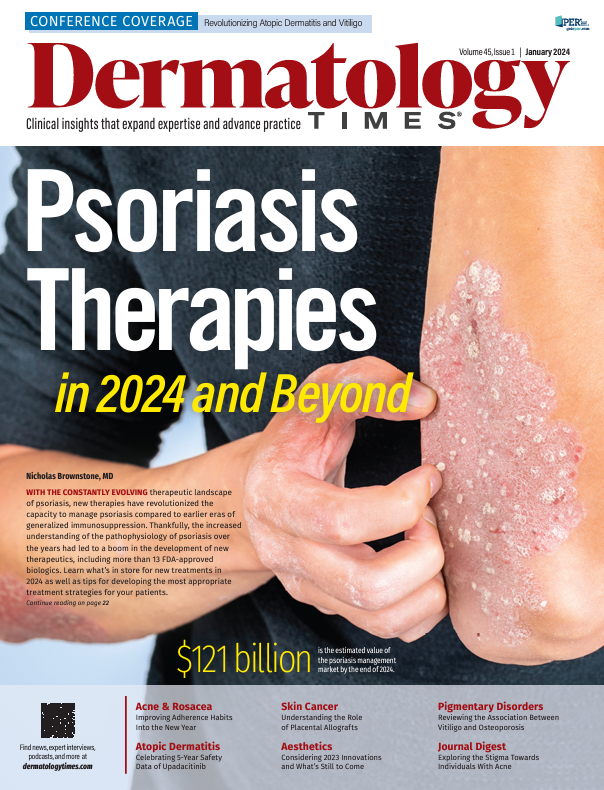
Newsletter
Like what you’re reading? Subscribe to Dermatology Times for weekly updates on therapies, innovations, and real-world practice tips.






